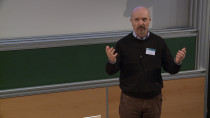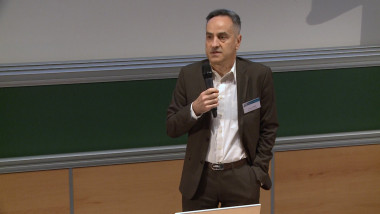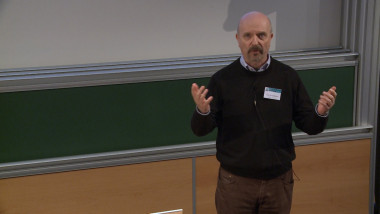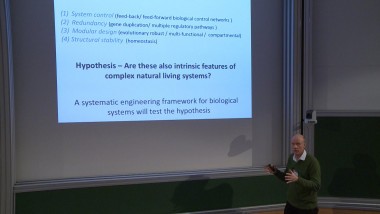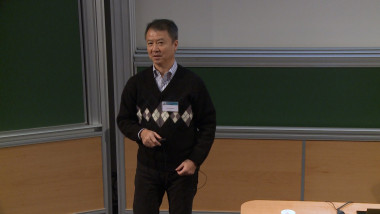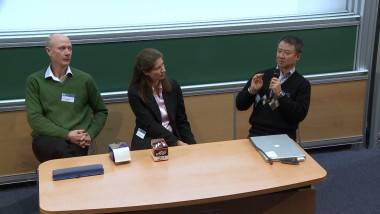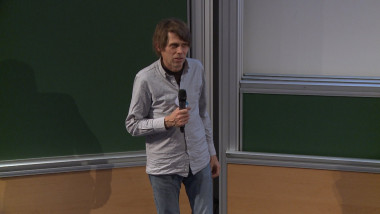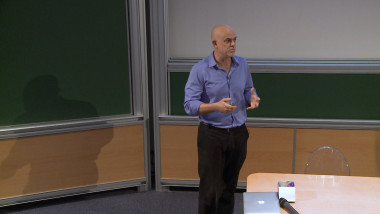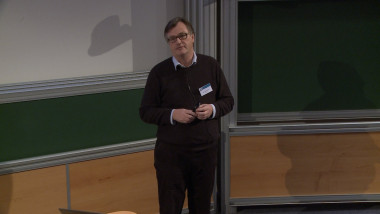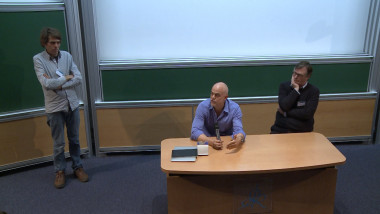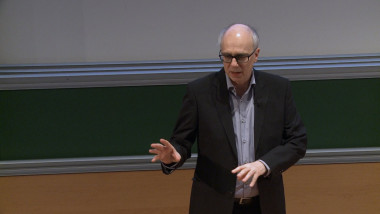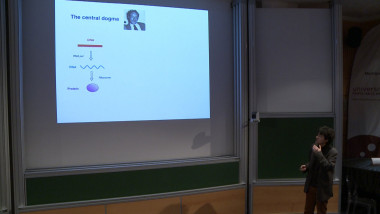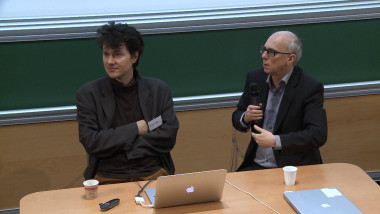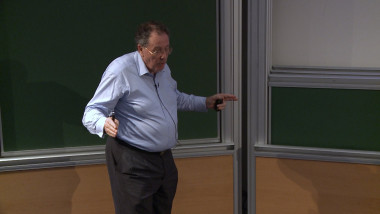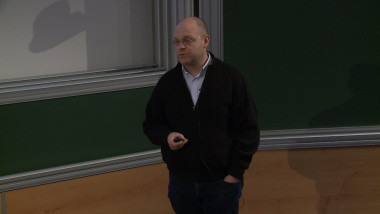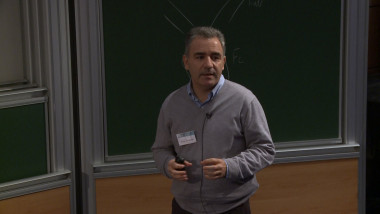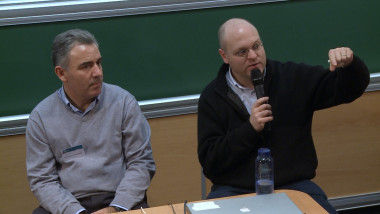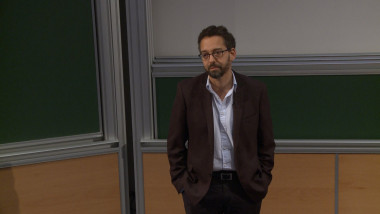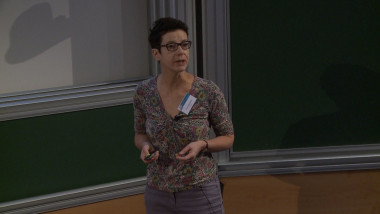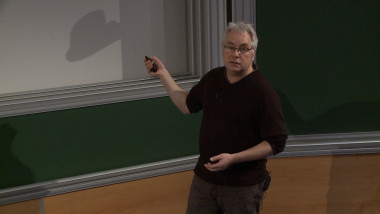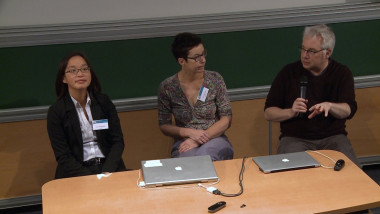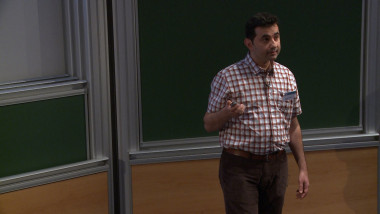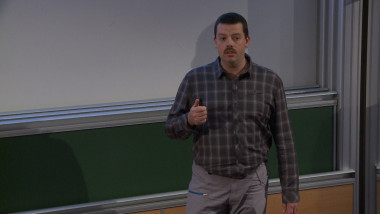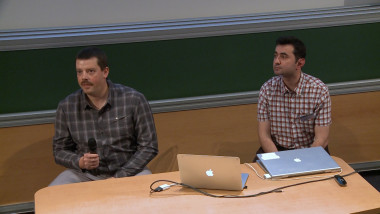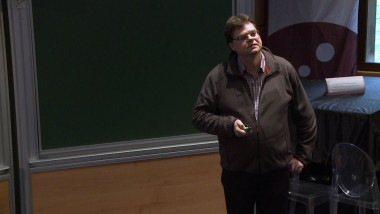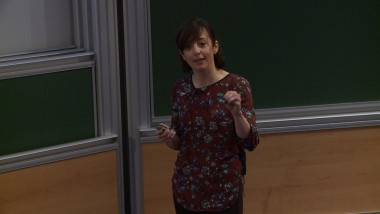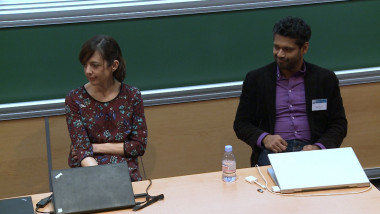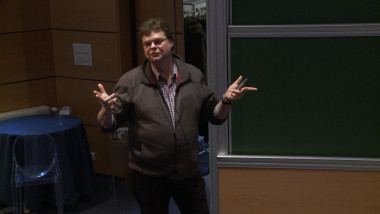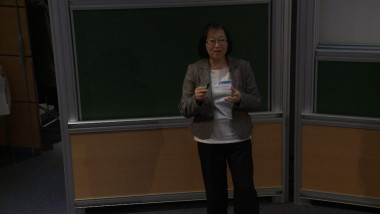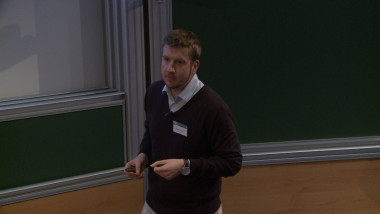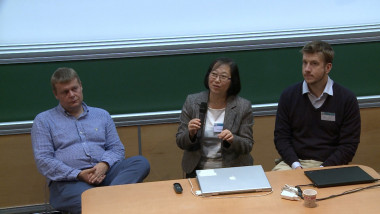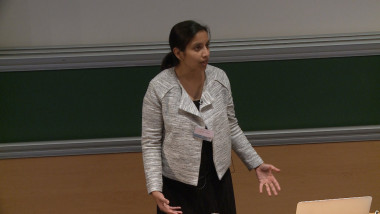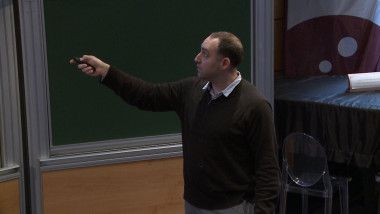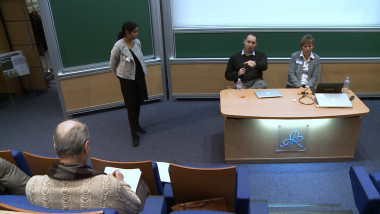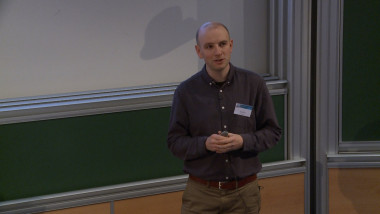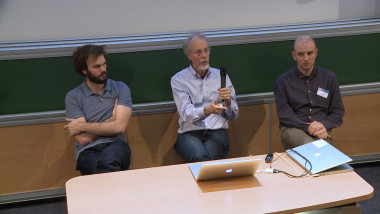Synthetic Morphology Approaches in Pseudomonas putida for Bioremediation of Haloalkanes
Bacterial biofilms are known to outperform planktonic counterparts in several types of whole-cell biocatalysis processes. The transition between planktonic and biofilm lifestyles of the platform strain Pseudomonas putida KT2440 (as in many other Gram-negative microorganisms) is ruled by a regulatory network that processes a large number of external and endogenous cues into different levels of the trigger signal cyclic di-GMP (c-di-GMP). This circumstance was exploited for the rational design of a synthetic genetic device that supersedesthe processes involved in synthesis or degradation of c-di-GMP in P. putida–thus making the bacterium to form biofilms at the user's will. In so doing, the transcription of either yedQ (encoding a diguanylate cyclase) or yhjH (encoding a c-di-GMP phoshodiesterase) from Escherichia coli was artificially placed under the tight control of a cyclohexanone-responsive expression system. The resulting recombinant strain was subsequently endowed with a synthetic dehalogenation operon (spanning two genes from P. pavonaceae encoding haloalkane dehalogenases) and tested for 1-chlorobutane biodegradation. Upon addition of cyclohexanone to the culture medium, the thereby engineered P. putida cells formed biofilms displaying high levels of dehalogenase activity. These results show that morphologies and physical forms of whole -cell biocatalysts can be genetically programmed while purposely designing their biochemical capacities. Furthermore, the spatial disposition of the bacteria at stake will in fact become an integral part of the design process of genetically-manufactured catalysts of the future











